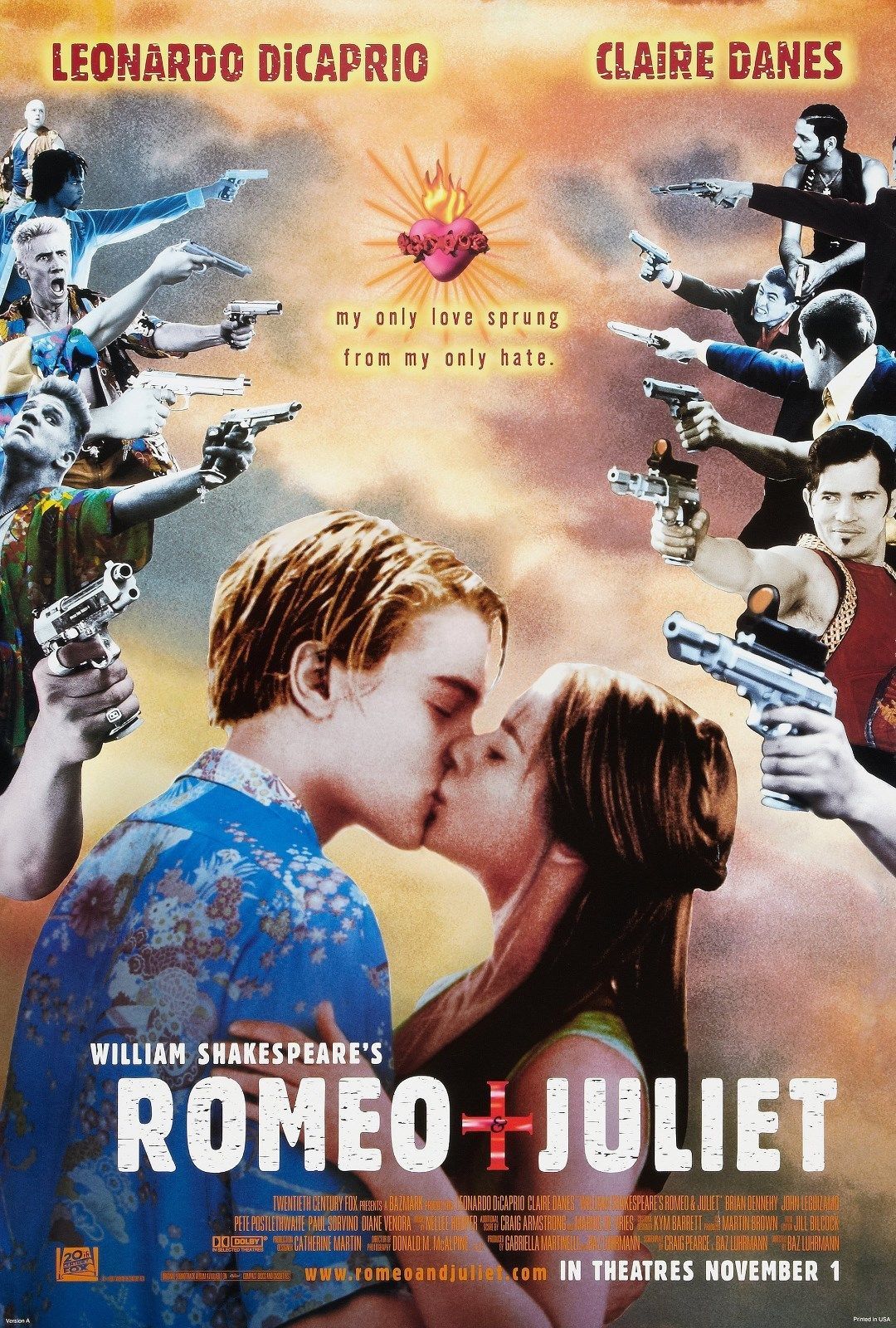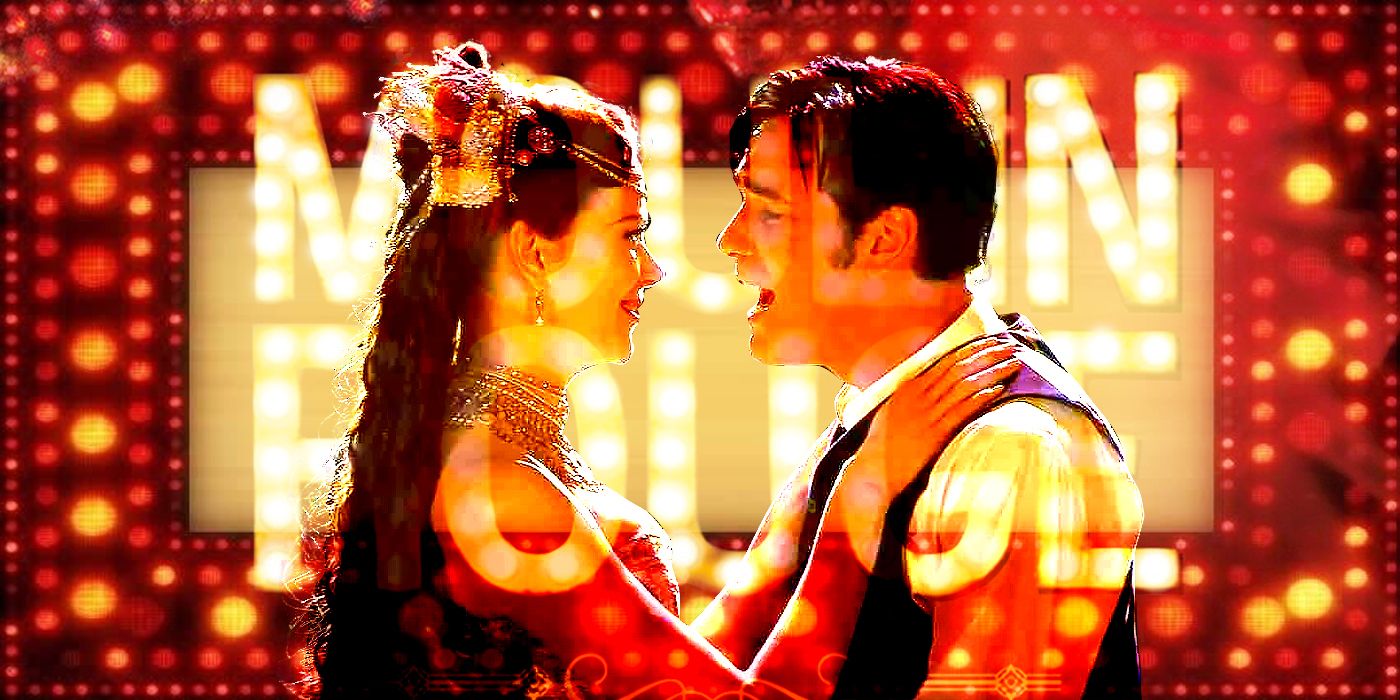Set life on ‘Romeo + Juliet’ was almost as hardcore as Baz Luhrmann’s vision for the film!
The Big Picture
- Hairstylist Aldo Signoretti was kidnapped and held for ransom during the filming of
Romeo + Juliet
. - Luhrmann considered the ransom price of $300 for Signoretti an absolute bargain.
- Despite facing production meltdowns and setbacks, Luhrmann used the chaos to his advantage and embraced every element, resulting in a successful and acclaimed adaptation of
Romeo and Juliet
.
You’d be pardoned for thinking that “Hostage Negotiator” wouldn’t be something on the curriculum vitae of maximalist maestro Baz Luhrmann. As it turns out, the on-set drama of his breakthrough teenage classic Romeo + Juliet was a lot less teen fantasy romance and a lot more Silence of the Lambs, although fortunately in this case, no one got hurt (too badly) and no one had to recruit a serial killer to catch the culprits. Nevertheless, in a turn of events more hardcore than anyone was expecting, Luhrmann revealed in a 1996 interview that hairstylist Aldo Signoretti was kidnapped and held for ransom. Luhrmann doesn’t specify for how long, but he does specify how they got him back.
There’s no overstating just how radical of a reinvention Luhrmann’s Romeo + Juliet was to the more classic approaches to the Bard’s work (about half of which Kenneth Branagh is responsible for). Amid all the classical takes on Shakespeare’s timeless stories, seeing a young Leonardo DiCaprio rock up to Verona Beach in a Hawaiian shirt and an industrial cigarette hanging from his lips had all the candy-colored pop music video aesthetic necessary to get kids a little more excited for their next English class. However, on a budget of $15-17 million, there’s only so much epic scale that one can channel into a picture unless you have an incredible location. Enter Mexico, which, for all its trouble, Luhrmann wants you to know that he adored.

Romeo + Juliet
Shakespeare’s famous play is updated to the hip modern suburb of Verona still retaining its original dialogue.
- Release Date
- November 1, 1996
- Director
- Baz Luhrmann
- Cast
- Leonardo DiCaprio , Claire Danes , John Leguizamo , Harold Perrineau , Pete Postlethwaite , Paul Sorvino
- Runtime
- 120 minutes
- Main Genre
- Drama
- Writers
- William Shakespeare , Craig Pearce , Baz Luhrmann
- Studio
- 20th Century Fox
How Was Aldo Signoretti Rescued on the Set of ‘Romeo and Juliet?’
When asked about the problems of working in Mexico, Luhrmann was very specific to the first caveat that he “would not swap a day that [he] spent in Mexico for anything in the world”. He then goes on to detail the genuinely very dangerous kidnapping of Aldo Signoretti, who he also mentions worked with legendary Italian film director Federico Fellini. It’s safe, therefore, to assume that the man was very good at his job, given some of the extravagant hairstyles on display throughout Fellini’s work. Aside from the moral obligation to save this man from abduction, the kidnappers must have known what they were doing, as there is no way that Romeo + Juliet of all films could have survived filming without one of the best makeup and hair stylists in the world.

‘Moulin Rouge’ Will Always Be Baz Luhrmann’s Maximalist Magnum Opus
Baz Luhrmann’s zany style is the heart and soul of this epic musical love story.
“The bandidos rang up and said for $300 you can have him back,” Luhrmann states, after emphasizing that he considered a price like that an absolute bargain. It was makeup artist Maurizio Silvi who traveled to a hotel with a bag of money in his hands where a presumably shady-looking car pulled up. Silvi, the underrated superhero of the situation, threw them the bag of money, at which point they promptly threw Signoretti out of the car, breaking his leg in the process. They weren’t gentle, but at least they were cheap. “It was an incredible quest,” Luhrmann remarks, and indeed, as far as production nightmares go, at least this one had a happy ending. Signoretti wasn’t too spurned by the sounds of it, as he would later go on to work with Luhrmann on Moulin Rouge alongside Silvi, his savior, bagging his first of three Oscar nominations.
Kidnapping Wasn’t the Only Production Trouble for ‘Romeo and Juliet’
While certainly the most extreme event that took place throughout production, the team still had a titanic task ahead of them in locking in this picture. Luhrmann states further in the interview that Romeo + Juliet was a massive challenge to strum up financing for, as the film was so experimental in approach. Imagine if an unknown director from Australia approached your office and said he wanted to give the Montagues and Capulets modern-day pistols as they beefed in between their cars like they were engaged in the most expensive urban gang war since the days of The Untouchables. Ludicrous! And yet, with all of that pressure riding on their shoulders, even with a vision and a half to back it up, they still had to contend with several production meltdowns of their own.
“It is true we were there months longer than we needed to be. We had hurricanes that wiped out the set. We all got sick. Shooting shut down for a week while I had a temperature of 110… It wasn’t a walk in the park and the fact that the kids did what they did and put up with what they did was amazing.”
Kudos to Luhrmann and the entire cast and crew for pulling through. Betsy Palmer may have accidentally ripped off her eyelashes while filming The Evil Dead but at least they didn’t have to rebuild all of their sets from the ground up!
Baz Luhrmann Used the Production Chaos to His Advantage
There’s a reason that Luhrmann speaks so fondly in Mexico after the ups and downs during production. That’s because, as explained by another maximalist masterpiece, for every setback (except for maybe the kidnapping), it brought them something wonderful as well. “The reason the film is like it is, is that we embraced everything in the film.” Luhrmann’s ‘more is more’ approach meant that he was prepared to use every element to his advantage, with the director shouting out Mercutio’s (Harold Perrineau) death as his favorite example of a happy accident. As it turns out, the same storm that ravaged the production can be seen as Romeo chases a blood-gushing Mercutio down a trash-ridden beach.
As Romeo releases a scream of despair, everything from the clouds to the sand, to the frolicking Hawaiian shirts moves in anguish to the beat of the storm. Indeed, for about five minutes, the movie looks less like a bad day in Palm Springs and more like an apocalyptic survival horror. Luhrmann double-checked that the cameras could endure such grueling conditions and managed to catch some incredible wide shots as a result, which would have been impossible given their budget without the use of CGI. Though it may not have been as dreamy as the love story between Leonardo DiCaprio and Claire Danes suggests, it all turned out to be worth it, depending on who you ask. Romeo + Juliet went on to gross about ten times its budget, and though it didn’t reach the same heights as West Side Story in terms of Oscar prestige, it still goes down as one of the best Romeo and Juliet adaptations of all time. One can only hope that Signoretti had a more pleasant experience on the rest of his shoots, but it’s impossible to be certain.
Romeo + Juliet is currently available to stream on Hulu in the U.S.
This article was originally published on collider.com


